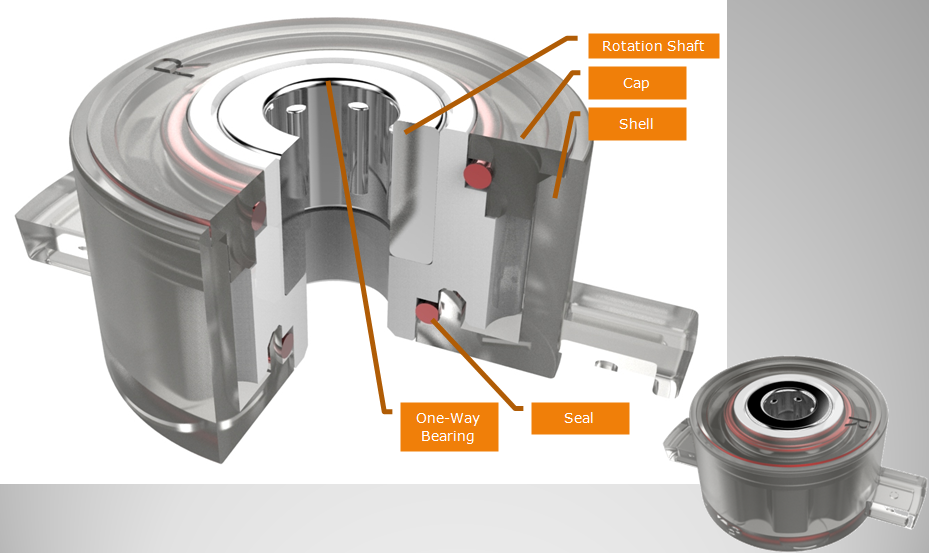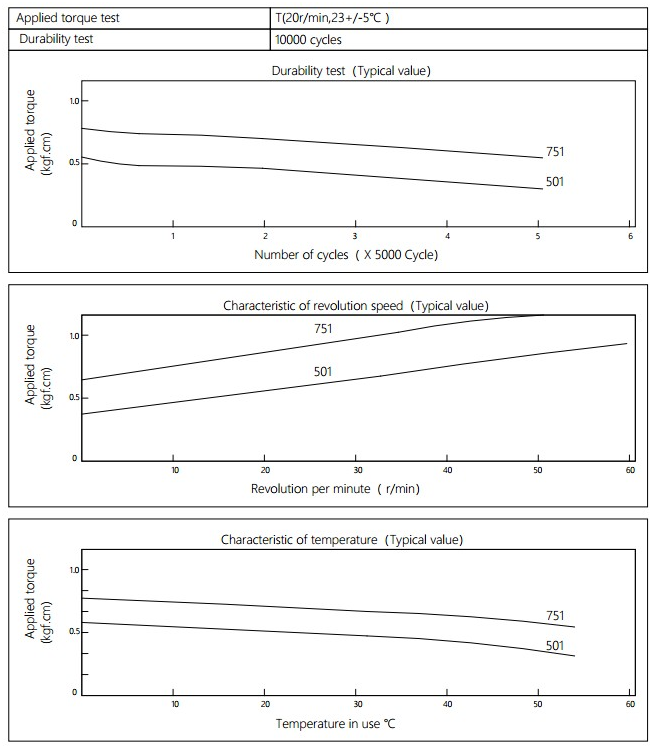medium | Concentration (mass fraction) (%) | Temperature / °C | Corrosion rate / mm / a (years) | Corrosion resistance | |
Inorganic acid | hydrochloric acid | 1 | Room temperature / boiling | 0.000/0.345 | Good/good |
5 | Room temperature / boiling | 0.000/6.530 | Good/poor | ||
10 | Room temperature / boiling | 0.175/40.87 | Good/poor | ||
20 | Room temperature / | 1.340/- | difference/- | ||
35 | Room temperature / | 6.660/- | difference/- | ||
sulfuric acid | 5 | Room temperature / boiling | 0.000/13.01 | Good/poor | |
10 | Room temperature / | 0.230/- | good/- | ||
60 | Room temperature / | 0.277/- | Good/poor | ||
80 | Room temperature / | 32.660/- | difference/- | ||
95 | Room temperature / | 1.400/- | difference/- | ||
Nitric acid | 37 | Room temperature / boiling | 0.000/<0.127 | Excellent / excellent | |
64 | Room temperature / boiling | 0.000/<0.127 | Excellent / excellent | ||
95 | Room temperature / | 0.0025/- | excellent/- | ||
Phosphoric acid | 10 | Room temperature / boiling | 0.000/6.400 | Good/poor | |
30 | Room temperature / boiling | 0.000/17.600 | Good/poor | ||
50 | Room temperature / | 0.097/- | excellent/- | ||
Chromic acid | 20 | Room temperature / boiling | <0.127/<0.127 | Excellent / excellent | |
Nitric acid + hydrochloric acid | 1:3 | Room temperature / boiling | 0.0040/0.127 | Excellent / excellent | |
3:1 | Room temperature / | <0.127/— | excellent/- | ||
Nitric acid + sulfuric acid | 7:3 | Room temperature / | <0.127/— | excellent/- | |
4:6 | Room temperature / | <0.127/— | excellent/- | ||
Organic acid | acetic acid | 100 | Room temperature / boiling | 0.000/0.000 | Excellent / excellent |
formic acid | 50 | Room temperature / | 0.000/- | excellent/- | |
oxalic acid | 5 | Room temperature / boiling | 0.127/29.390 | Good/poor | |
10 | Room temperature / | 0.008/- | excellent/- | ||
Lactic acid | 10 | Room temperature / boiling | 0.000/0.033 | Excellent / excellent | |
25 | -/boiling | —/0.028 | -/excellent | ||
Formic acid | 10 | -/boiling | —/1.270 | -/good | |
25 | —/100 | —/2.440 | -/difference | ||
50 | —/100 | —/7.620 | -/difference | ||
Danlic acid | 25 | Room temperature / boiling | <0.127/<0.127 | Excellent / excellent | |
Citric acid | 50 | Room temperature / boiling | <0.127/<0.127 | Excellent / excellent | |
Stearic acid | 100 | Room temperature / boiling | <0.127/<0.127 | Excellent / excellent | |
Alkaline solution | Sodium hydroxide | 10 | -/boiling | —/0.020 | -/excellent |
20 | Room temperature / boiling | <0.127/<0.127 | Excellent / excellent | ||
50 | Room temperature / boiling | <0.0025/0.0508 | Excellent / excellent | ||
73 | -/boiling | —/0.127 | -/good | ||
Potassium hydroxide | 10 | -/boiling | —/<0.127 | -/excellent | |
25 | -/boiling | —/0.305 | -/good | ||
50 | 30/boiling | 0.000/2.743 | Good/poor | ||
Ammonium hydroxide | 28 | Room temperature / | 0.0025/- | excellent/- | |
Sodium carbonate | 20 | Room temperature / boiling | <0.127/<0.127 | Excellent / excellent | |
Armonia | 20 | Room temperature / | 0.0708/- | excellent/- | |
Inorganic salt solution | Ferric chloride | 40 | Room temperature / 95 | 0.000/0.002 | Excellent / excellent |
Ferrous chloride | 30 | Room temperature / boiling | 0.000/<0.127 | Excellent / excellent | |
Lead chloride | 10 | <0.127/<0.127 | |||
Cuprous chloride | 50 | <0.127/<0.127 | |||
Ammonium chloride | 10 | <0.127/<0.000 | |||
Calcium chloride | 10 | <0.127/<0.000 | |||
Aluminum chloride | 25 | <0.127/<0.127 | |||
Magnesium chloride | 10 | <0.127/<0.127 | |||
Nickel chloride | 5-10 | <0.127/<0.127 | |||
Barium chloride | 20 | <0.127/<0.127 | |||
Copper sulfate | 20 | <0.127/<0.127 | |||
Ammonium sulfate | 20 ° C saturation | <0.127/<0.127 | |||
Sodium sulfate | 50 | <0.127/<0.127 | |||
Lead sulphate | 20 ° C saturation | <0.127/<0.127 | |||
Cuprous sulfate | 10 | <0.127/<0.127 | |||
30 | <0.127/<0.127 | ||||
Silver nitrate | 11 | Room temperature / | <0.127/— | excellent/- | |
Organic compound | Benzene (containing trace amounts of HCl, NaCl) | Vapor and liquid | 80 | 0.005 | excellent |
Carbon tetrachloride | Ibid. | boiling | 0.005 | ||
Tetrachloroethylene (stable) | 100% vapor and liquid | 0.0005 | |||
Tetrachloroethylene (H 2 O) | 0.0005 | ||||
Trichloromethane | 0.003 | ||||
Trichloromethane (H 2 O) | 0.127 | good | |||
Trichloroethylene | 99% vapor and liquid | 0.00254 | excellent | ||
Trichloroethylene (stable) | 99 | 0.00254 | |||
formaldehyde | 37 | 0.127 | good | ||
Formaldehyde (containing 2.5% H 2 SO 4 ) | 50 | 0.305 | good | ||
Note: 1. Corrosion resistance grade is divided into three levels: Excellent - corrosion resistance, corrosion rate is below 0.127mm / a. Good - moderate corrosion resistance, corrosion rate between 0.127-1.27mm / a. Poor - not resistant to corrosion, corrosion rate is above 1.27mm / a.
2. Pure titanium in most media, especially those with high corrosion resistance in a neutral, oxidizing medium and sea water. Titanium in seawater corrosion resistance than aluminum alloy, stainless steel and nickel alloys is higher in the air industry, agriculture and marine environment, although a few years, is not discolored surface. Hydrofluoric acid, sulfuric acid, hydrochloric acid, orthophosphoric acid and some hot concentrated organic acids have a greater corrosion to titanium (see table above), and hydrofluoric acid has a high corrosive effect on titanium regardless of concentration and temperature. Titanium has high stability to various concentrations of nitric acid and chromic acid, and has high corrosion resistance in alkali solutions and most organic acid and inorganic salt solutions.
3. Titanium does not undergo local corrosion and intergranular corrosion, and corrosion is performed uniformly.
4. The corrosion resistance of titanium alloys is similar to that of industrial pure titanium, which is why titanium alloys are widely used in the chemical and shipbuilding industries.
The design of middle through hole is easy to install, Barrel Damper is usually used in small spaces. ABD barrel dampers are the perfect solution for a wide range of applications. Barrel dampers are widely used in automobile interior decoration, household electric appliances, furniture, hidden socket, etc. Our dampers can make the movement of structures soft, quiet and safe to mitigate the impact, avoid the damage, increase the mechanical life, reduce noise, and improve product quality.

NOTE:
1. Please contact the corresponding product engineer for specific torque products.
2. Max. rotation speed: 50r/min
3. Max. circle rate: Clockwise180 °, 180 ° anti-clockwise for 1 cycle
4. Operating temperature: -10~50℃
5. Storage temperature:-30~60℃

Applied torque:(T)
Test Temperature:23+/-5℃
Rotating speed:20r/min
Durability test Method:Clockwise 180 °, 180 ° anti-clockwise
Rotating speed:20r/min
Test Frequency:1cycle/min
Test Temperature:23±5℃
Durability test cycle:10000 cycle
Test result criteria: Store in the room temperature for 24 hours or more after the test, recording to the torque T=T±30%T.
Barrel Damper
Barrel Damper,Plastic Dampers,Manual Barrel Damper,Toilet Seat Damper,Plastic Barrel Rotary Damper
Shenzhen ABD Equipment Co., Ltd. , https://www.abddamper.com